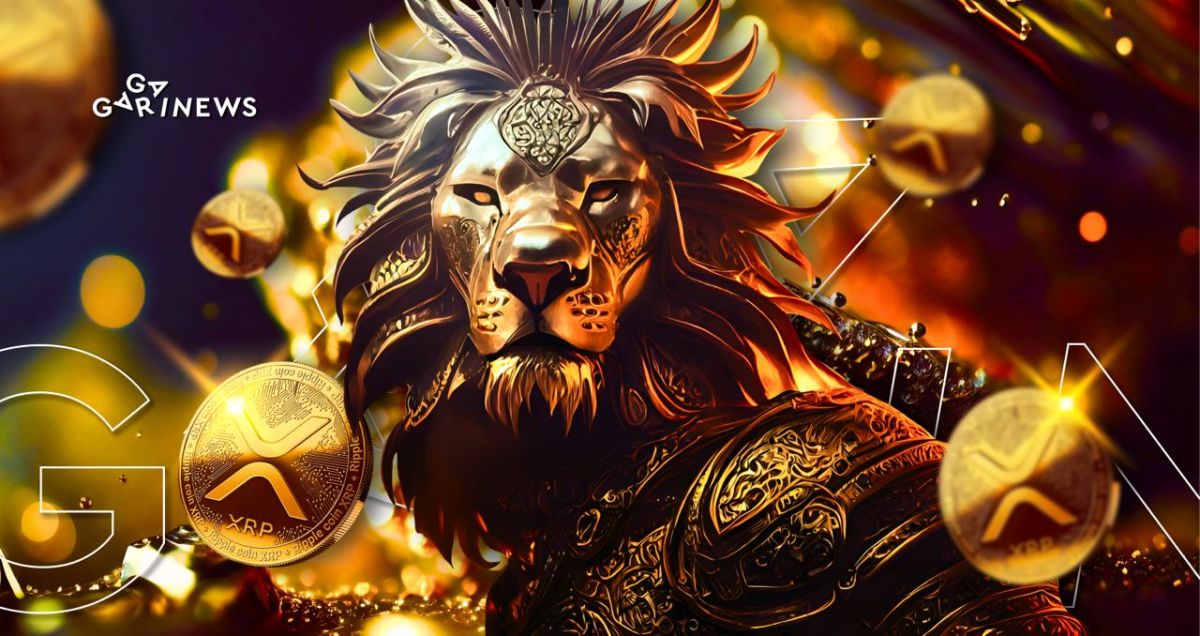The Evolution of XRP: From Shitcoin to Respected Investment

The saga of Ripple commenced in 2012 and has since gone through numerous transformations involving developmental changes, rebranding, structural modifications, and changes in ownership. Still, it continually attracted banks and traders. Yet, that was merely the beginning of the trials…
On this page
From its inception, Ripple was proposed by its creators as a banking service, promising instantaneous international transfers that were both quicker and more cost-effective than SWIFT. The marketing and promotional campaign aimed at corporate clients in the financial and banking sector was built upon this premise. The creators of Ripple integrated all the pertinent cryptocurrency market terminology. Yet, the reality painted a different picture. XRP lacked a blockchain, did not involve mining or staking, had no traditional node validators receiving network rewards, and showed no signs of decentralization. At its launch, all 10 billion coins were released, with a significant portion still controlled by the project’s team and creators.
However, banks were particularly intrigued by the marketing pitch of a “blockchain and next-generation digital assets with instant transactions”. Numerous banks, including those from Australia, Canada, the United States, Colombia, Kuwait, Egypt, and Montenegro, joined the global RippleNet payment network to handle and process international payments. On the other hand, the crypto community was largely dismissive and derisive.
The saying goes that there's a thin line between love and hate, and Ripple didn’t cross that line just once, but twice…
Part 1: The Hate
XRP always boasted decent trading volumes and was listed on many exchanges, but it was regularly subjected to a wave of criticism from influencers, exchange representatives, major crypto entities, and immediate competitors. This coin was labeled many things, ranging from a “database with pseudo-nodes”, “electronic money crudely tied to a blockchain”, “bogus cryptocurrency”, to a “marketing ploy targeted at banks”. Ideologically, the coin didn't find favor with many, but due to its high volatility, it became attractive to traders and market makers who, after inking a deal with a bank, could regularly secure profits from the surging XRP price.
At one point, even Vitalik Buterin, the co-founder of Ethereum, tagged XRP as a “shitcoin”. He was particularly irked by Ripple's team characterization of Ethereum and Bitcoin, referring to them as “two digital Chinese-controlled assets”.
Buterin’s tweet about XRP. Source: Twitter
Mike Novogratz, the CEO of Galaxy Digital, didn't hold back his criticism of XRP. Craig Wright dubbed the coin a “scam”, while Pessi Peura from Coinmotion was quite explicit, stating, “XRP is not a cryptocurrency”. The list of detractors could extend, but let's progress.
Despite facing criticism and rivalry in the new asset generation, XRP reliably secured the third spot in market capitalization (excluding stablecoins), following Bitcoin and Ethereum. It also showcased high daily trading activity across exchanges.
Until 2020, the SEC had been carefully observing and picking its first “prey” within the cryptocurrency market. Going after Bitcoin or Ethereum seemed to be too ambitious, so Ripple was selected instead.
On December 22, 2020, the SEC accused Ripple of selling $1.3 billion worth of XRP coins as unregistered securities. Rather than “cooperating” with the regulator, Ripple's team decided to fiercely defend their rights in court.
Part 2: Love
Throughout the 2.5-year legal battle, the SEC hasn't gotten any closer to claiming victory. However, many experts are eagerly anticipating the outcome of the “SEC versus Ripple” case. They think that if Ripple triumphs, it would not only be beneficial for cryptocurrency exchanges but also for the entire crypto industry.
The release of papers connected to former director of the SEC's Division of Corporate Finance, William Hinman, has further fortified Ripple's stance.
Lawyer John Deaton believes that Ripple has a decent chance of a complete or at least partial victory in the current court case. A positive outcome could promote market growth and set a legal precedent that could potentially allow Binance, Coinbase, and other exchanges or cryptocurrencies to challenge the SEC in the future. However, he estimates the chances of winning against the SEC to be as low as 3%.
Fox Business reporter Eleanor Terrett suggests that the SEC deliberately excluded XRP from the list of securities in its lawsuit against Binance, indicating a lack of confidence in its position regarding Ripple.
Now all attention is focused on Ripple, a company that is widely admired, supported, and respected. Despite being seen as a fake cryptocurrency without a blockchain, this perception is becoming less significant.
Wrapping it Up
If the SEC loses, this asset is likely to gain even more popularity within the community, being seen as the cryptocurrency champion and savior of the whole industry. Riding this wave, XRP could potentially rival Bitcoin in popularity, overtaking ETH and becoming the most sought-after asset in the portfolios of institutional investors. This would be, at least, a show of respect for its significant achievements. As the saying goes – success is never blamed…
The content on The Coinomist is for informational purposes only and should not be interpreted as financial advice. While we strive to provide accurate and up-to-date information, we do not guarantee the accuracy, completeness, or reliability of any content. Neither we accept liability for any errors or omissions in the information provided or for any financial losses incurred as a result of relying on this information. Actions based on this content are at your own risk. Always do your own research and consult a professional. See our Terms, Privacy Policy, and Disclaimers for more details.


























